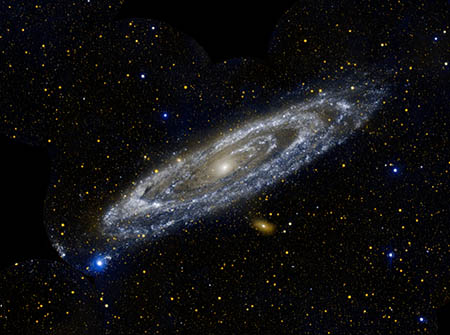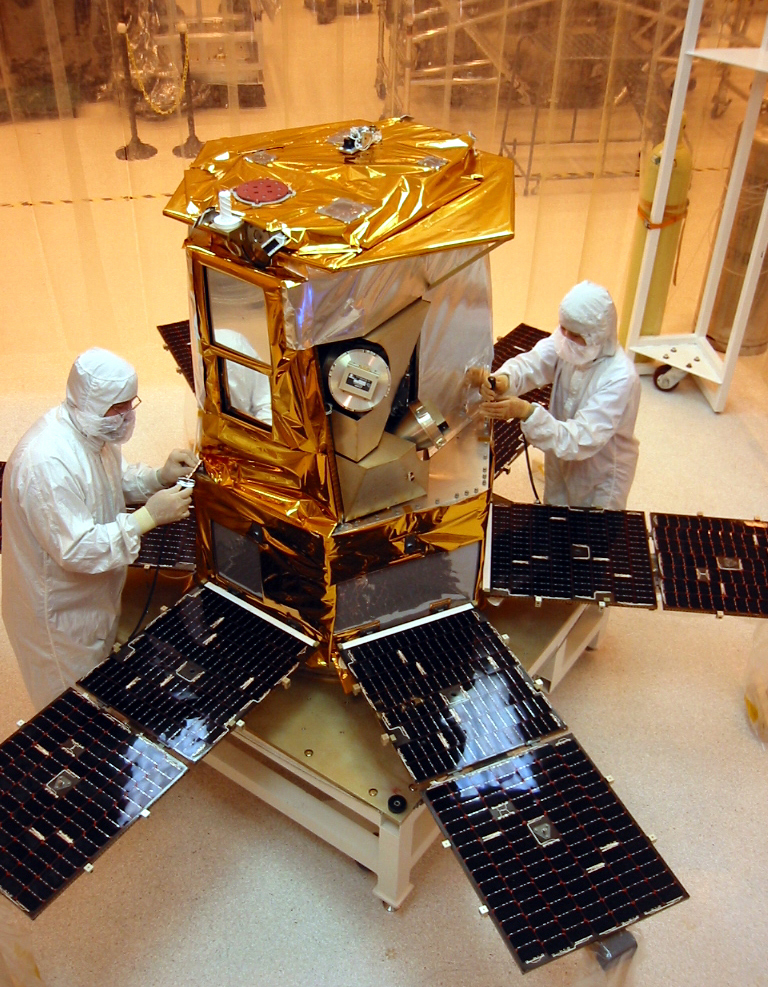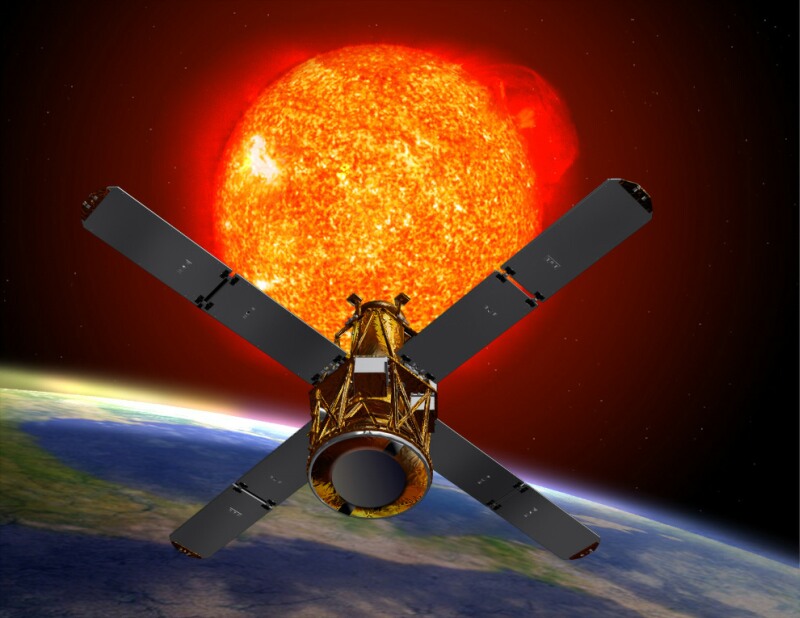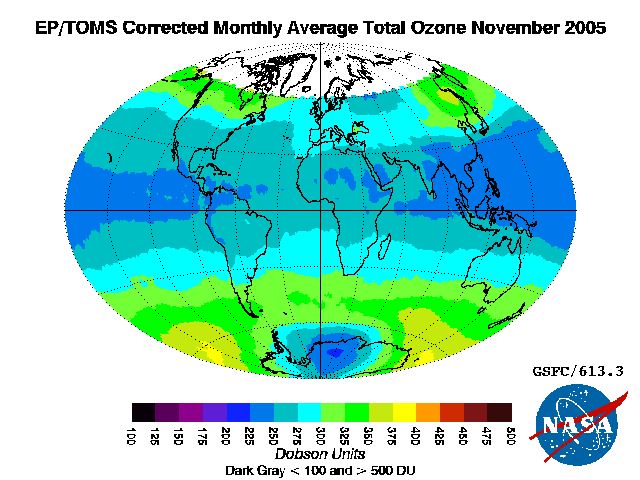Today’s space history starts a half-century ago — on April 25, 1962 — with a Saturn-1 suborbital test launch out of Cape Canaveral.

(SA-2 launch. NASA image from Wikimedia Commons.)
Mission SA-2, or “Project High Water,” flew water-filled upper stages atop a Saturn-1, which was the Saturn-V first stage. The upper stages were blown up near the apogee of the suborbital flight, creating an “artificial cloud.” According to this NASA history page, “This was used to study the effects on radio transmission and changes in local weather conditions. At an altitude of 150km, explosive devices ruptured the S-IV and S-V tanks and in just five seconds, ground observers saw the formation of a huge ice cloud estimated to be several kilometers in diameter.”
Having nothing to do with clouds, on April 25, 2002, Soyuz TM-34 launched from the Baikonur Cosmodrome on a ferry flight to the International Space Station (ISS). In addition to its working crew of Russian cosmonaut Yuri P. Gidzenko and Italian astronaut Roberto Vittori, it carried South African Mark R. Shuttleworth as the second commercial space tourist.
Finally, on this date 5 years ago, a Pegasus XL rocket launched from its L-1011 carrier aircraft flying out of Vandenberg AFB, carrying the AIM (Aeronomy of Ice in Mesosphere) satellite. The small spacecraft’s mission brings us back to the topic of clouds, as it was built to study “Polar Mesospheric Clouds (PMCs) that form about 50 miles above the Earth’s surface in summer and mostly in the polar regions.”



 by
by 


















